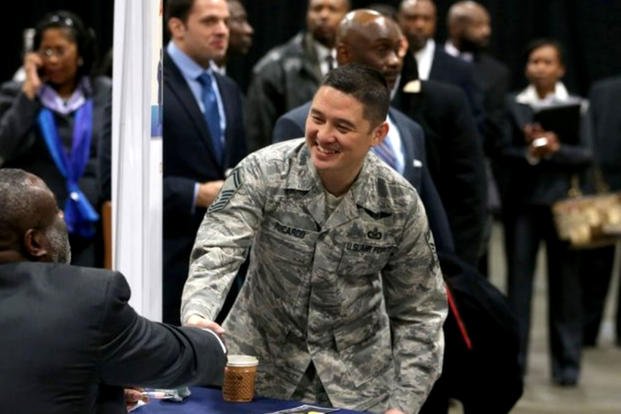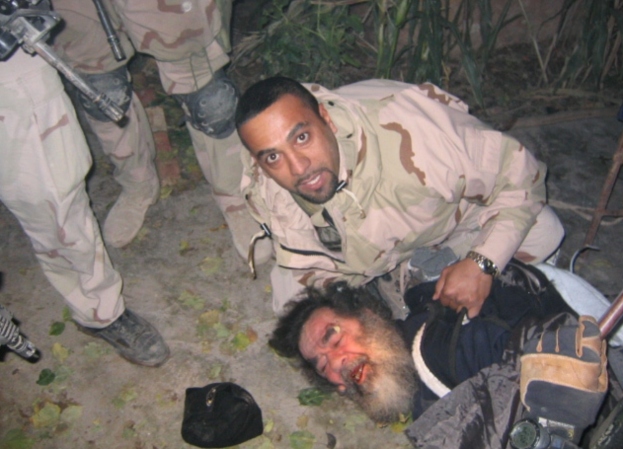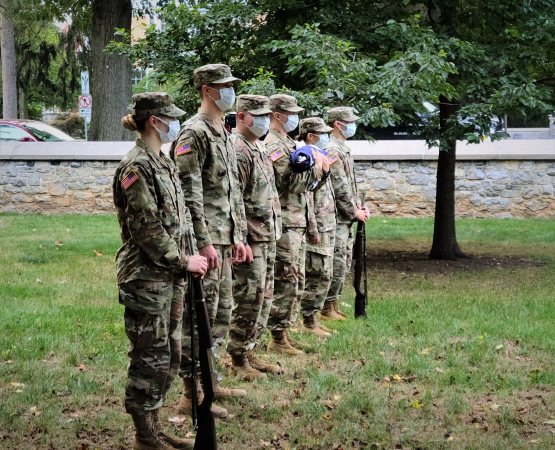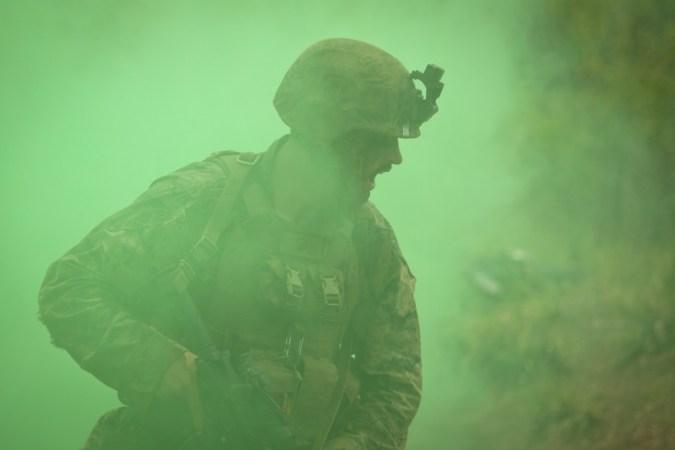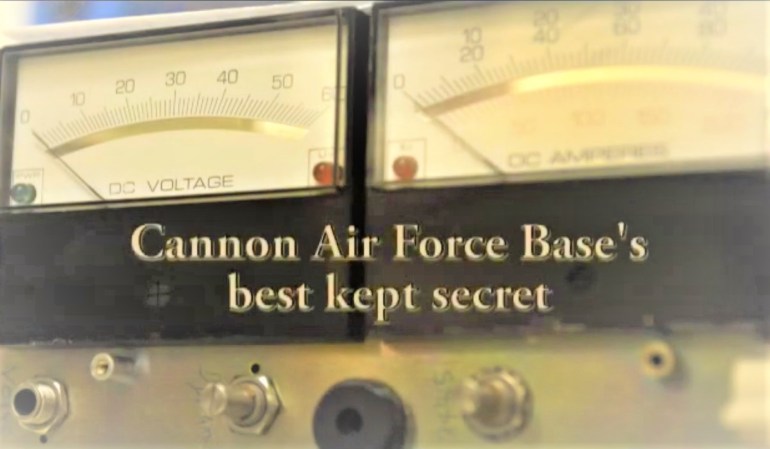At the onset of World War II, writing letters was the preferred communication between soldiers and family members. In fact, oftentimes it was the only form of communication. Phone calls were few and far between, and usually, technology like telegrams were reserved for internal military communication. When it came to talking with loved ones, letters were their bread and butter. On average, each soldier wrote six letters per week — almost one every day — with each one taking up to four weeks to make it to their delivery address. If they were lucky, letters would be delivered in a single week. The process was long, tedious and expensive logistically, but also incredibly reassuring for those on the receiving end.

In June of 1942, the U.S. Government announced a change in the way they delivered mail. Rather than collecting and delivering physical letters, they created Victory Mail. Shortened to V-Mail, it was a technology that took images of letters, then shipped the films — rather than sacks and sacks of paper — then re-printed smaller versions back in the U.S. The service was discontinued on November 1, 1945.
The benefits of V-Mail meant reducing plane cargo space; a film was 1/37th the space and weight of a paper letter. Films recorded up to 40 letters per minute, holding 1,600 on each roll of film. V-Mail letters could also be delivered quickly. As this was considered the number one morale booster to soldiers, there was heavy motivation to make V-Mail a success.
V-Mail thwarted espionage
However, space wasn’t the only benefit to V-Mail, it also helped eliminate traitor and/or spy efforts against the U.S.
It did so in two ways:
First, all letters that went through V-Mail were censored. Sensitive information was deleted or removed from the correspondence altogether. There were folks whose entire job was to read letters and remove anything offensive or sensitive. Therefore, someone — willingly or not — sharing confidential information would have parts of their message redacted, ensuring nothing classified was transmitted.
Second, because V-Mail took images of letters, many spy tactics were made moot, to include invisible ink, microdots and microprinting. The latter two involved very small writings or codes that could only be deciphered by someone who knew what to look for, usually with a magnifying glass. But as V-Mail re-prints were at a quarter of the size of the original, tiny artifacts could not be identified. (It’s also likely that the image qualities were not clear enough to pick up such details.)
Original copies of letters were kept by the receiving Post Office, assigning numbers so that “no V-Mail letter could ever be lost.” However, this meant copies with secret ink, etc. would not be seen by its intended recipient.
Along with the speed of delivery, the ability to fight espionage was marketed as a patriotic way for V-Mail to help the war. In total, more than a billion V-Mail letters were sent until the end of the war in 1945.
Featured image: Left, National Archives; Right, WWII Museum




